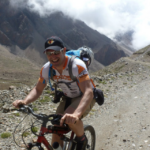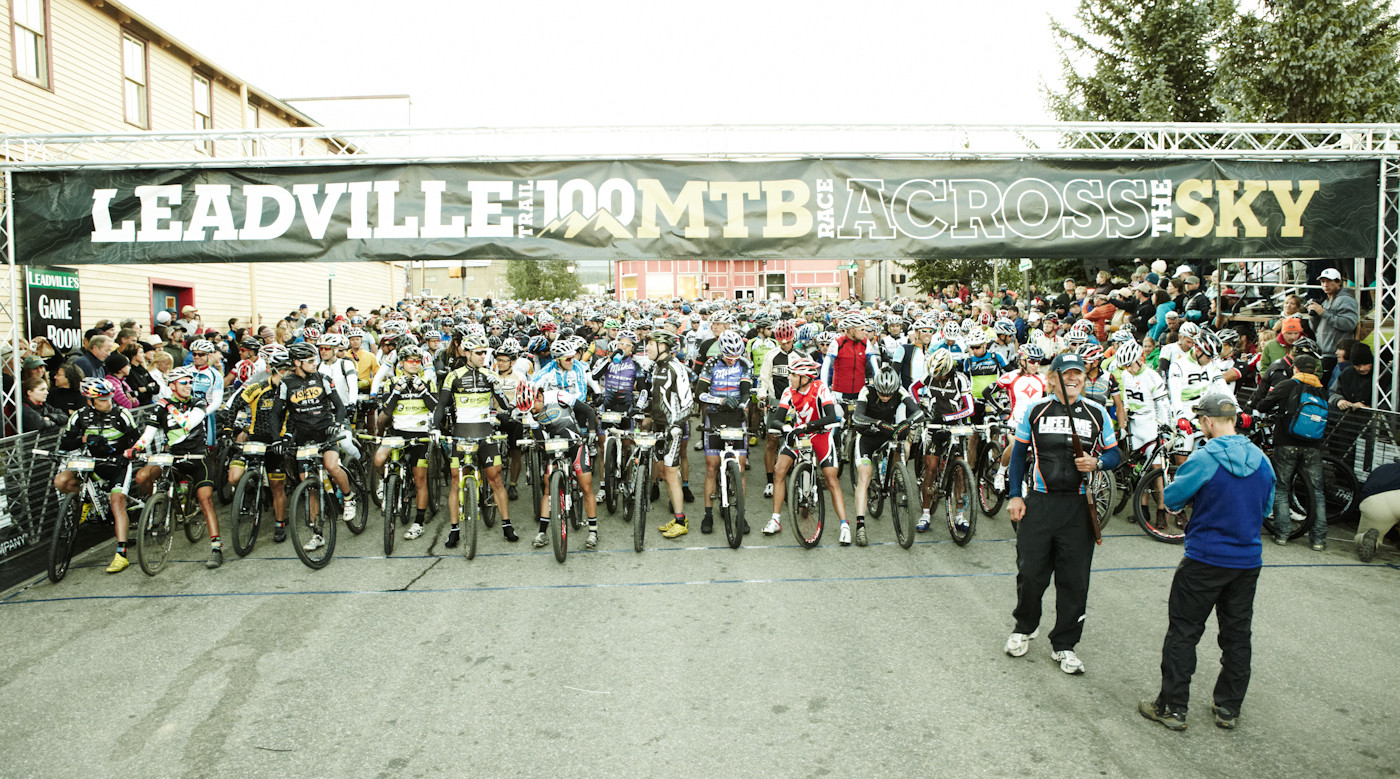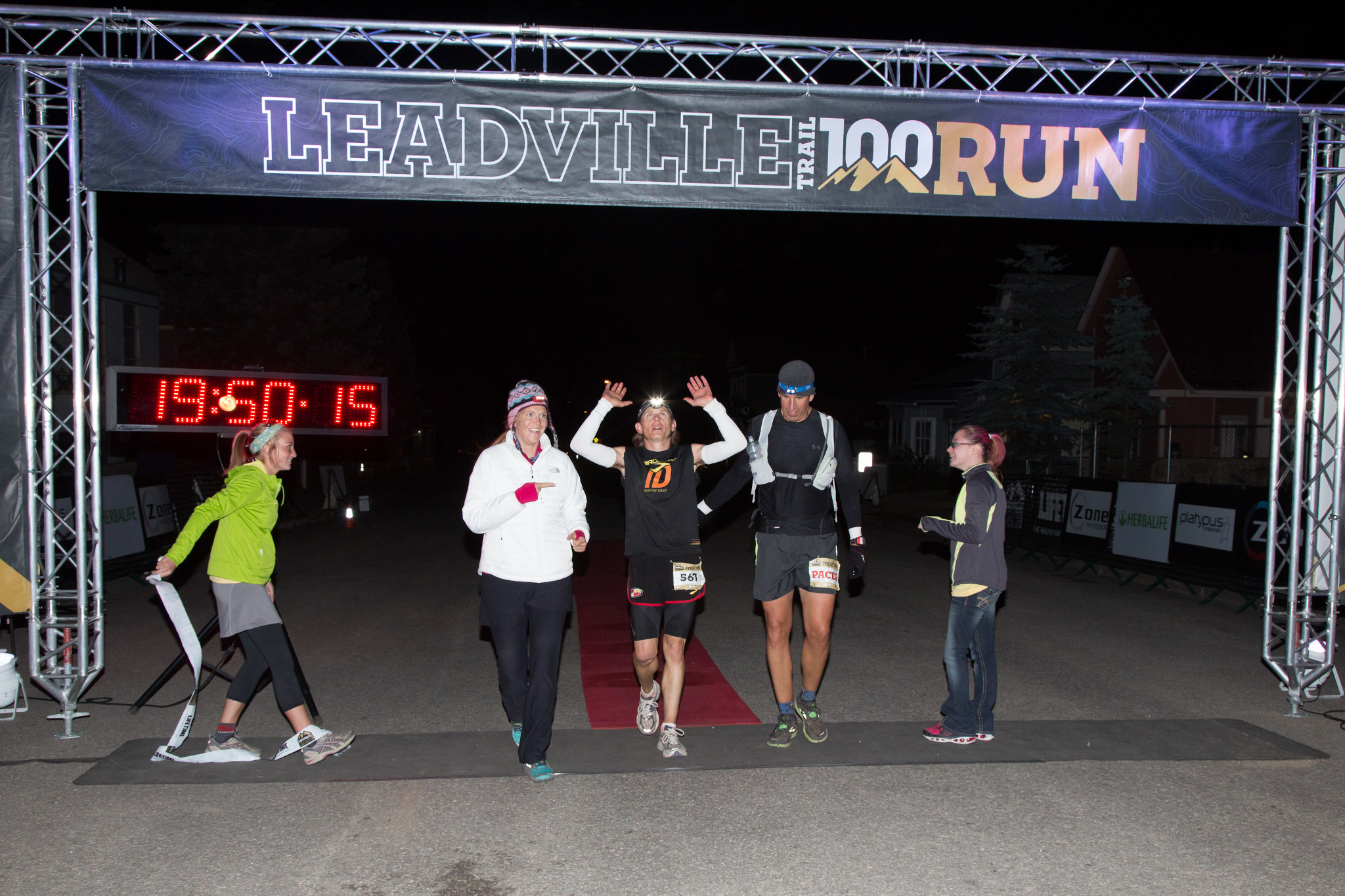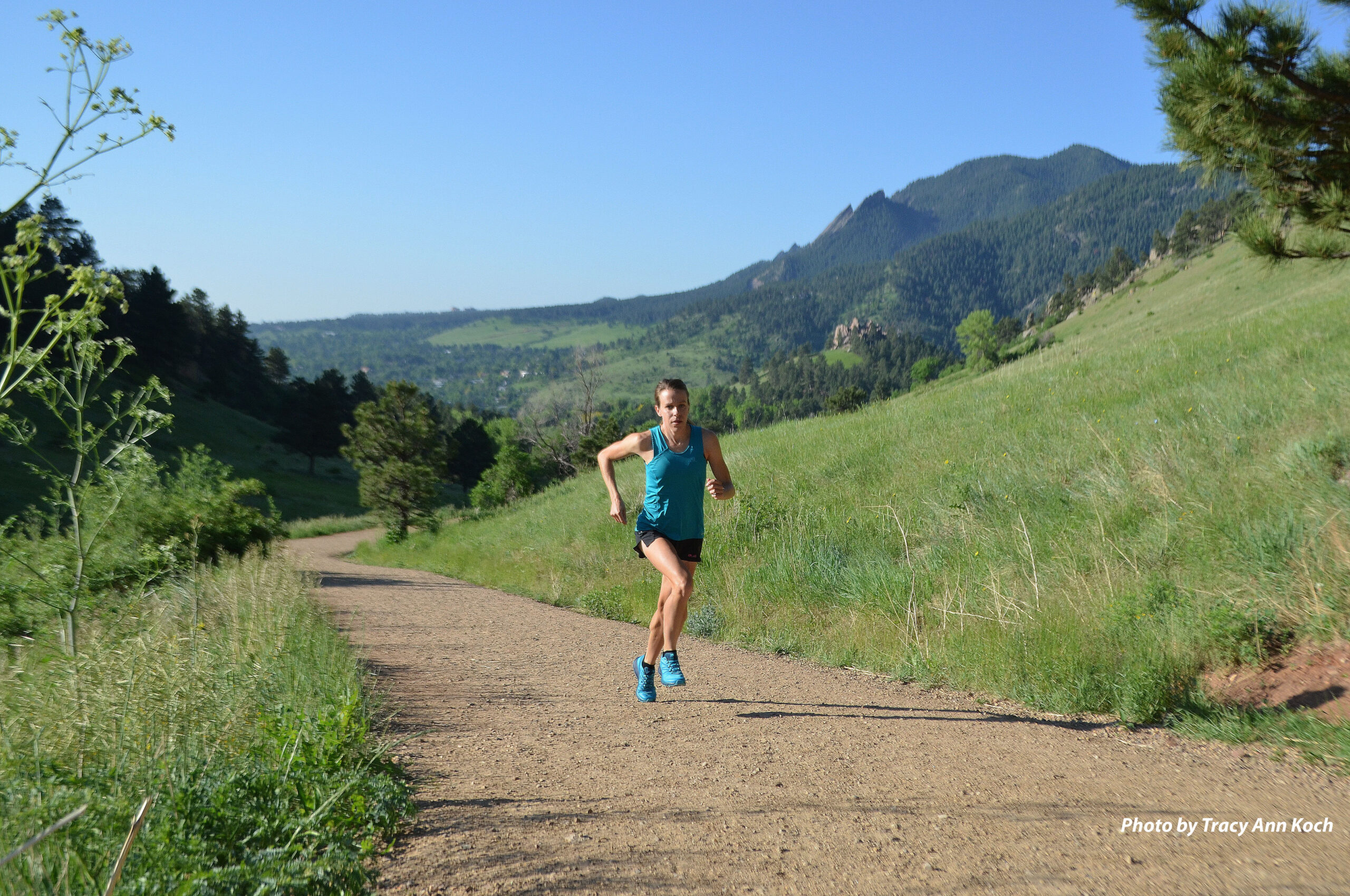Face of the Race: Len Forkas
 Len Forkas is competing in the Leadman challenge this year to raise funds for his nonprofit, Hopecam, which connects children with cancer to their friends in school classrooms using tablet computers and webcams.
Len Forkas is competing in the Leadman challenge this year to raise funds for his nonprofit, Hopecam, which connects children with cancer to their friends in school classrooms using tablet computers and webcams.
You regularly do endurance events to raise money for your nonprofit, Hopecam. What drew you to the Leadville Race Series events?
In 2012 I competed as a solo cyclist in Race Across America (RAAM). We raised more than $300,000 after completing the 3,000-mile race in 11 days and winning my age division. That event allowed us to take the Hopecam charity to a national scale. Today, we are in 26 states including Colorado. We have helped more than half a dozen children at Children’s Hospital in Aurora, Colorado, and I wanted to do the Leadville Race Series to raise resources to help more children in the Colorado area. I thought the challenge of competing in both running and mountain biking would be a fun contrast to the ultra-cycling experience.
Please share with us some background about Hopecam — why did you start it? What are your current goals for the nonprofit?
In 2002, when my 9-year-old son Matt was diagnosed with leukemia, I saw the loneliness he experienced during the initial phase of chemotherapy treatment from being away from friends at school for more than six months. We partnered with his school to install a webcam in the classroom and one at home so he could see and talk to the people that meant the most to him. This was before Skype and FaceTime. It was very primitive, but it made such a difference when he returned to school that I decided to help others make that same connection.
Using exercise to cope with the stress of Matt’s illness, I started competing in endurance races and raised resources through sponsorships to fund the growth of the charity. Using Logitech web cameras, iPads and Skype, we have connected more than 400 children to 10,000 friends in classrooms. Today, we are connecting a child every day, experiencing exponential growth. Our goal is to have the resources so that we never have to say no to a child who wants to connect.
Tell us about your Silver Rush 50 MTB experience — how did race day go? What was your favorite part of the race? What was the most challenging?
The Silver Rush was race number two in the Leadman series and the conditions could not have been more perfect. The marathon in June took a big toll since I live in Virginia and am not acclimated to racing at 10,000 to 13,000 feet in elevation. Mentally I knew what to expect, but the four 12,000-foot peaks were both mentally and physically challenging. My favorite part of the race was the last 8 miles, which were mostly downhill. I was smiling the entire way down.
You recently published a book entitled, “What Spins the Wheel: Leadership Lessons from Our Race for Hope,” in which you write about the importance of a team in completing a mission. Who makes up your “team” or who is your support person for the Leadville Race Series events, and how do they help strengthen you?
My book highlights the performance of the 11-person, all-volunteer crew that supported me during RAAM. The message in the book is that a team that believes in its mission can overcome any obstacle. Our mission was to help children with cancer. This team forgave each other when they made mistakes, delegated tasks without second guessing, honored each others’ roles and took ownership of their assigned tasks. The mission was the inspiration.
Our current inspiration is to support children in Colorado. I have completed races one and two in the series without support because they are the short-distance races. I am assembling a team to help me on the the Leadville Trail 100 Run. Many of my teammates from the RAAM race live in Denver and Boulder. They have agreed to assist me in this last race in the series with logistics and as pacers after mile 50. They know me well and I trust they will be a godsend running through the night keeping me on track to finish.
In your book, you write that, “power is in the mind as well as the body” (which incidentally sounds similar to something Leadville Trail 100 founder Ken Chlouber might say). How do you practice that sentiment during a given event?
When the going gets tough for me in an race, I think about what my son went through during treatment and what so many young children fighting cancer are experiencing today. It makes whatever pain I am feeling on the Leadville course seem not so tough. The distance and scale of any endurance race can be overwhelming, but by selectively ignoring what is far ahead and concentrating on “one pedal stroke” or “one step” at a time your body will carry you through. Thinking about how much distance remains in any race is a terrible thing unless you are past the 90-percent mark. I am a firm believer that many athletes quit mentally, long before their bodies give up. Learning to block out the thoughts that cause me to doubt myself became a critical skill. I had the pleasure of meeting Ken at the finish line of the Silver Rush 50. He is a very cool guy.
What sort of things do you and your son, Matt, enjoy doing together? Does he train or compete with you?
Matt loves the outdoors and has led hikes on multiple sections of the Appalachian Trail with friends. Last summer we hiked the 14er Gray’s Peak in Colorado and summited Mt. Kilimanjaro in July 2013. Matt raised $25,000 for Hopecam and honored a different child with cancer on each day of his hike. This summer Matt is helping me promote the book and the story, supporting me for book talks. Matt is a senior at Stetson University studying audio production and business. He is cancer-free.
What’s your favorite thing to eat the night before an event?
Like many athletes, I eat a lot of carbohydrates for lunch and dinner the night before a race. The more important nutritional strategy is what to eat during a race. I learned from Race Across America that the higher the percentage of liquid intake, the better my performance. Fortunately, I can tolerate an 80 percent liquid to 20 percent solid nutritional intake balance without a lot of gastric distress.



